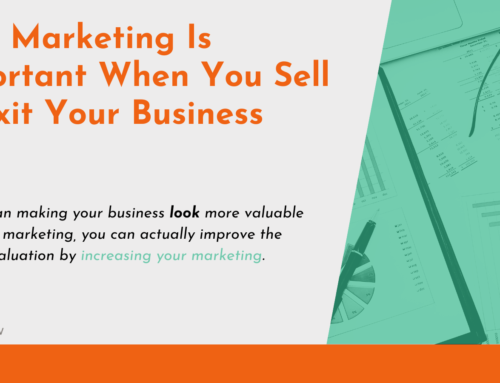So, you have your own business now, but do you know how to take it to the next level? Some people say you can’t truly experience success until you’ve come to appreciate who you are. The same is true for your company. All of this comes down to your brand and what it says about you and your business. If you aren’t exactly sure how to get started on developing your brand, we’ve put together an easy checklist to help you get started. Once you’ve discovered the value of your company, you should be well on your way to longevity and success.
Establish Your Mission
Even the most revered man in social media can tell you just how important the mission is for establishing your company. Mark Zuckerberg said, “Facebook was not originally created to be a company. It was built to accomplish a social mission – to make the world more open and connected.” He knew what he wanted the “why” to be and ran with it all the way to the bank.
Most people that start businesses don’t just wake up one day with the thought in their head. A lot of time and thought goes into what they want to do with their lives and they turn that into a career. Why do you want to start a business? What do you want to provide to your customers? These questions are the fundamental basis of any company, and those that don’t know the answer to these questions often fail before they see the success they hoped for.
Set Yourself Apart
Now that you have the reasoning behind your company set in stone, the next thing you need to do is figure out how you can set yourself apart from the competition. The probability that there is another company out there already doing what you hope to do is pretty high. There has to be something about your brand that can give consumers something that nobody else can. Whether this is unrivaled customer service, top-notch product quality, or immediate response time to questions and complaints, these are the things that you can use as a unique selling point for your company.
Now you need to determine your Unique Selling Proposition (USP). Originally touted by Rosser Reeves of Bates Advertising back in the 1950s, your USP goes beyond the idea of having one thing about your company or product. Even if you aren’t the only company out there offering it, if you’re able to convince the masses through your branding and advertising that you’re unique, you can claim it for yourself anyway. Setting yourself apart from the competition will help draw consumers in to take advantage of your products or services.
Knowing Your Buyer Personas
According to Forbes.com, the most successful entrepreneurs know their customers on a much deeper level than just knowing what they can buy from you. This is true even if you personally don’t interact with customers on a daily basis. You should still find out the basics like their name, address, e-mail addresses but also the more telling aspects of their life like their income, profession, marital status, number of kids, and their tastes and interests. The more you know about your customers, the more you can use that information to make serious connections. Just make sure you don’t venture into stalker territory. Consumers are a skittish bunch, and they’ll run screaming to the hills (and your competitors) if you invade their personal space.
When you take this information that you’ve collected about all of your customers as a whole, you are then able to determine why your product, above all others, is what they need in their lives. Additionally, customer data can be used to develop a new marketing strategy, solidify your personal brand as a company, and eventually lead to more profits.
Key Messages
Can you condense your company missions and goals down into a few key messages? If you’re not entirely sure what your key messages are as a company, you can take inspiration from a successful company like 3M. Their key statements include everything from their dedication to using the most innovative ideas and technologies for their products (“3M applies innovation systematically to anticipate and respond to customer needs.”) to their desire to give back to their employees and the community (“3M consistently fulfills its commitment to investors, customers, employees, and communities.”). These statements are much easier to set once you’ve reached all the previous steps mentioned above.
Once you’ve figured out the mission for your company, put the wheels into motion, set your business apart from the others, become intimately familiar with the consumers that patronize your products and services, and determined what your key messages should be, you’ll have everything you need to determine your value. Sounds totally simple and super easy, right? All of the steps mentioned above, though, will equal the brand equity you need for developing your business’s personal brand.






